Possible American assistance in upgrading Cyprus’ main airbase in Paphos and the naval base at Mari was discussed in Washington during President Nikos Christodoulides’ official visit there last October, the Cyprus Mail has learned. So the president’s remarks this week about the planned upgrades should be seen in that context, as well as being part of the United States-Republic of Cyprus road map for bilateral defence cooperation.
Earlier in the week, the president and then his defence minister spoke on the plans regarding the two bases. On the Andreas Papandreou facility in Paphos, Defence Minister Vasilis Palmas said the upgrades could cost around €14 million, and the upgrades to Mari naval base upwards of €200 million.
For the former, the government may receive technical assistance from the Americans, and for the latter Palmas stated that efforts would be made to secure funding from the European Union.
On Mari, the president himself said he was speaking with European Commission President Ursula von der Leyen about the possibility of the EU offering a “financial contribution”.
This contribution would likely be funded through the European defence industry reinforcement through the common procurement instrument (Edirpa), and Christodoulides said the aim of the funding would be to allow Mari to host navy ships from any of the EU’s 27 member states.
Both Christodoulides and Palmas stressed the two bases would provide foreign militaries only with facilities for humanitarian missions and for operations such as search and rescue.
We tried since to uncover some more details about these planned projects, but neither the defence minister nor the foreign ministry spokesman could be reached in time for this report.
But the Cyprus Mail understands that the foreign ministry is taking the lead here, as the bases upgrades and the provision of military facilities to other nations – primarily Nato – falls under the government’s broader foreign policy objectives. It may also be seen in the wider context of Cyprus’ ambition of becoming a Nato ally.
The defence ministry, we are told, is simply tasked with implementation and the technical side.
Sources close to the government provided a little more info, but would not get granular, citing the sensitivity of security issues.
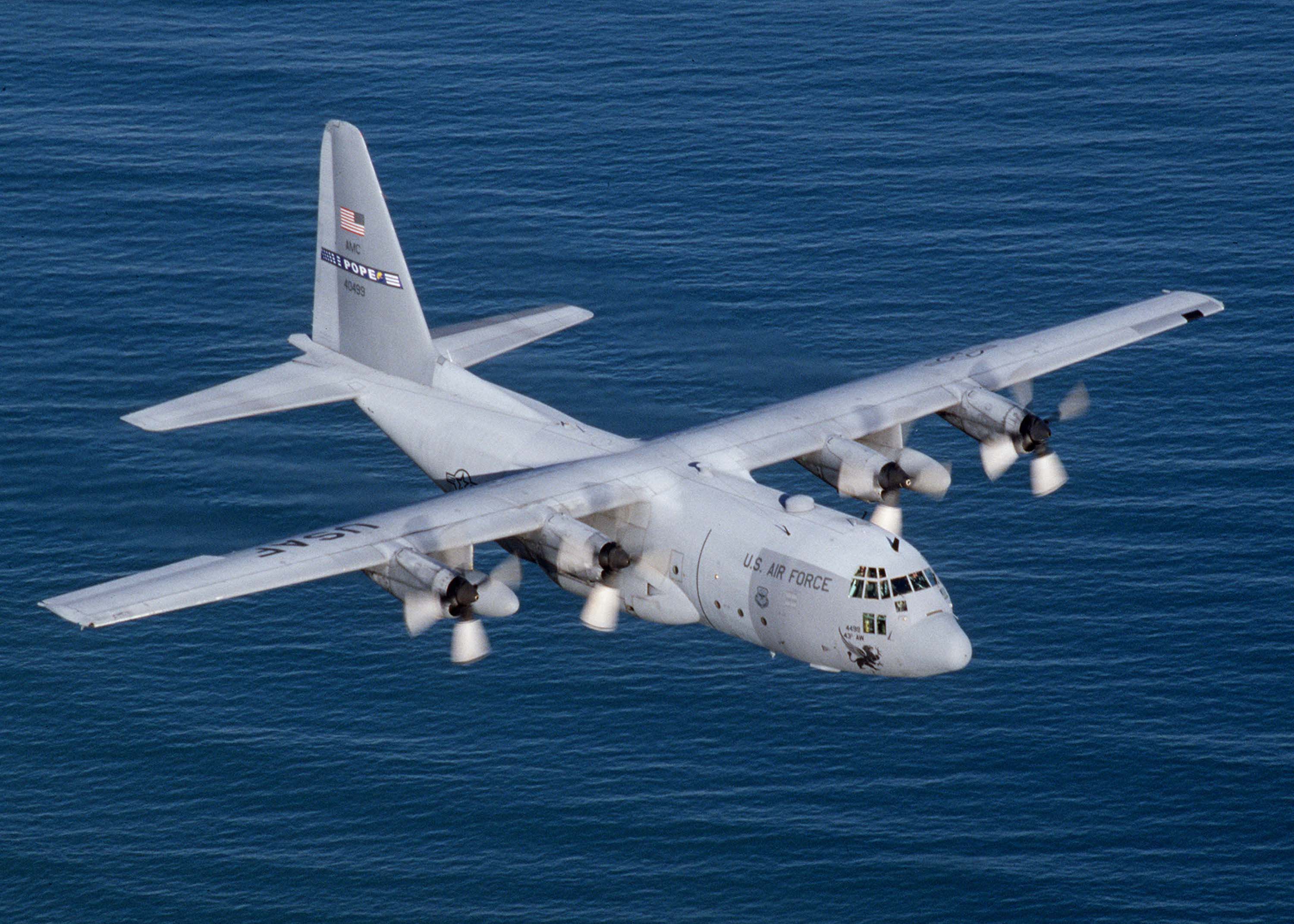
Speaking on condition of anonymity, the sources told us that for the airbase the aim is primarily to expand the runway so that it can host larger, heavier aircraft like the C-130. Larger runways accommodate higher speeds and larger aircraft, which require more room to reach takeoff velocity and to slow down upon landing.
“It’s to be used, for example, for evacuation missions. The base was found to have fallen short for such operations recently.”
Up until now, the airbase has been mostly used by rotor-driven, vertical takeoff and landing aircraft – like the V-22 Osprey operated by the US Marine Corps.
And, the sources added, “the Americans are willing to finance the expansions to the airbase.”
They recalled also how back in October a group of American senators had visited the facility.
They went on to reveal that the issue of American technical and/or financial assistance was discussed during Christodoulides’ meeting with US President Joe Biden at the White House in late October 2024.
The Andreas Papandreou facility is the primary airbase of the Cyprus Air Command. It has a runway, a taxiway, hardened aircraft shelters, and integrated command, control and communication facilities. The reserve airbase is in Lakatamia; it rarely hosts fixed-wing aircraft, and simply serves as a staging post for helicopters operating in and out of the Nicosia area.
“Essentially it’s about making the Paphos airbase compatible with Nato and European standards,” our sources said.
Compatibility also relates to communications systems.
“But we haven’t clinched a deal yet [for the planned upgrades] …it’s under discussion.”
Pivoting to the naval base at Mari, there are two aspects: the first is the construction (already underway) of a heliport to be used by the Americans; the second is the expansion of the harbour facilities so that they can accommodate larger ships.
Workers broke ground at Mari in the summer of 2023. In August of that year US Ambassador to Cyprus Julie Fisher visited the site along with then defence minister Michalis Giorgallas.
In a post on social media at the time, Fisher said the project is part of joint Cypriot-American operations promoting security and stability in the eastern Mediterranean. The heliport would expand capacity for evacuating civilians from war zones in the region.
Photos emerged online in November 2024, showing the US Navy’s Naval Mobile Construction Battalion taking part in the earthworks and soil removal at the naval base.
“The Americans want a heliport there…for ease of access to the region,” said the sources.
The United States is financing the heliport.
Quizzed about this, and whether the Americans might have certain expectations since they are bankrolling the project, our sources stressed:
“The heliport will be Cypriot-owned. It won’t be a permanent base for US forces, like for instance Akrotiri is for the British airforce. The Americans will simply use it and seek permission each time.”
This sounds like privileged access – similar to the status of the US military vis a vis the port of Alexandroupoli in Greece.
So, the status of the Americans at Mari will be unlike that of, say, the naval base at Souda Bay on Crete – an out-and-out US base used for power projection. At least that is what the Cyprus Mail is told.
Regarding the expansion works for the harbour facilities at Mari, these are intended for the navies of both the United States and European/Nato countries.
On the general question of why, and why now, the sources simply said: “These things emerged out of the Cyprus-US Strategic Dialogue.” Nicosia and Washington formally launched their strategic dialogue in October last year. In a joint statement at the time, the two governments hailed it as an “important milestone” in their relationship.
“This bilateral mechanism is also a platform to advance practical cooperation in areas including crisis management and law enforcement, energy security, culture, education, innovation and technology, trade and investment, and people-to people ties,” the statement read.

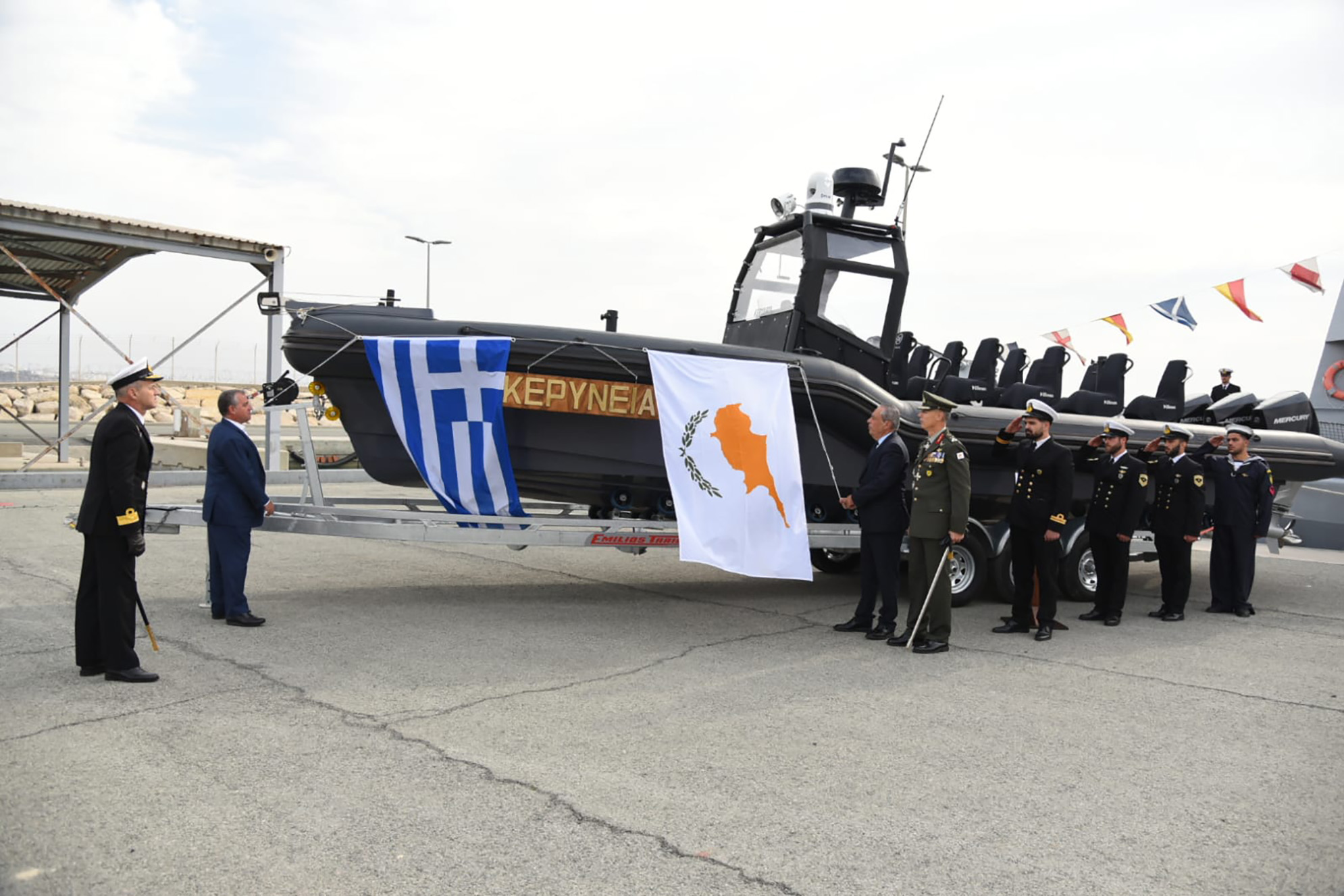
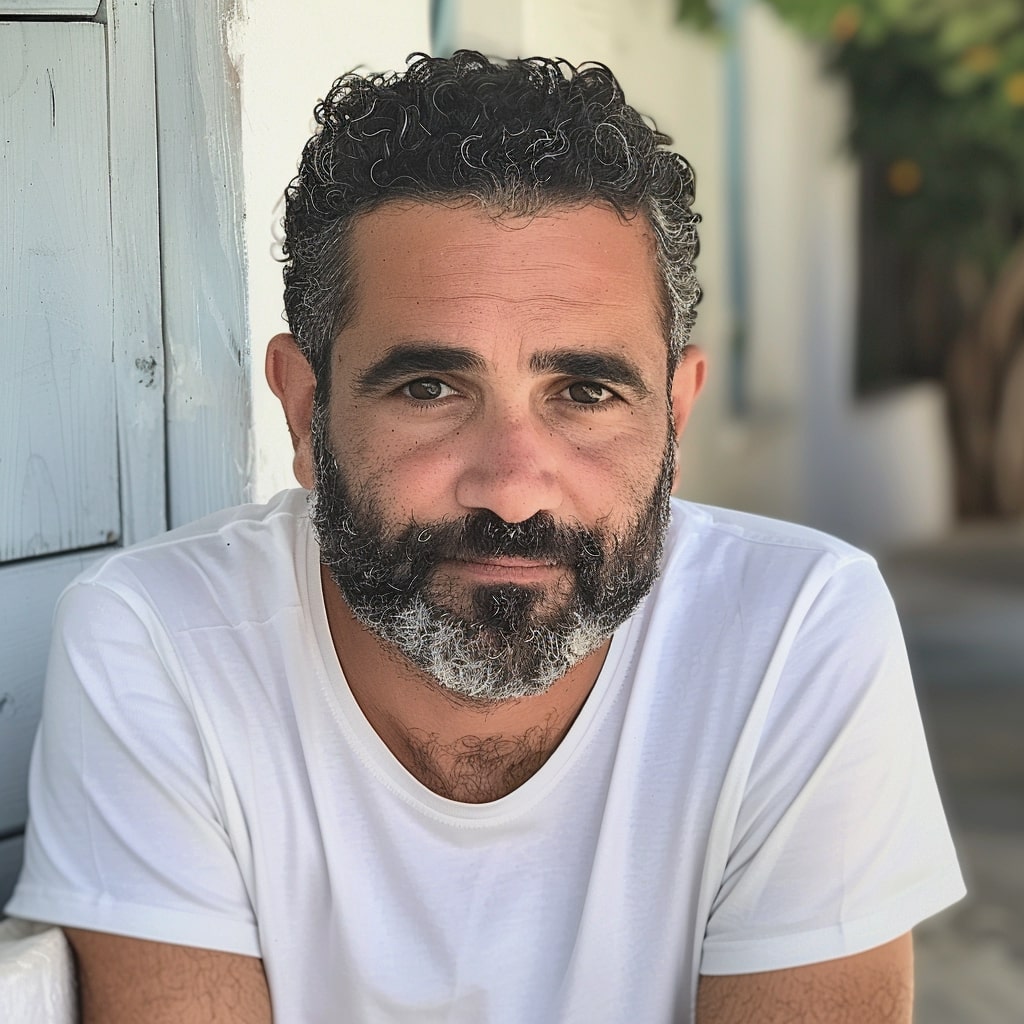
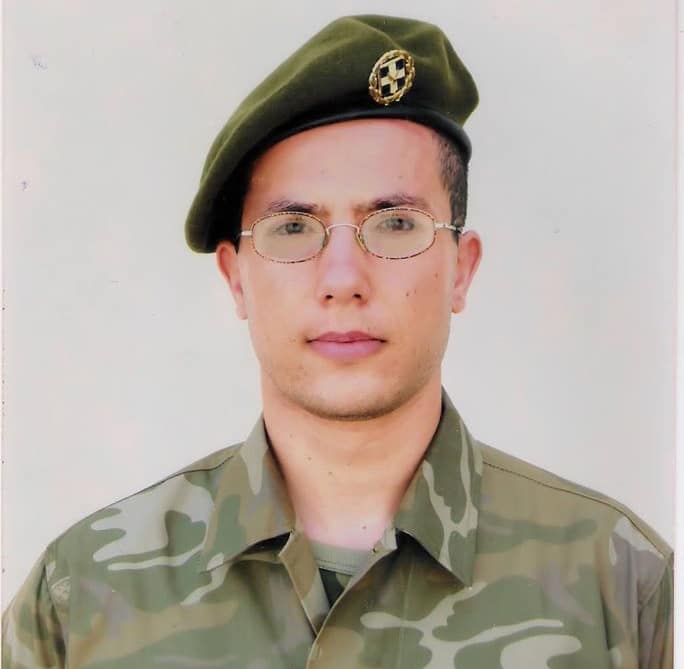
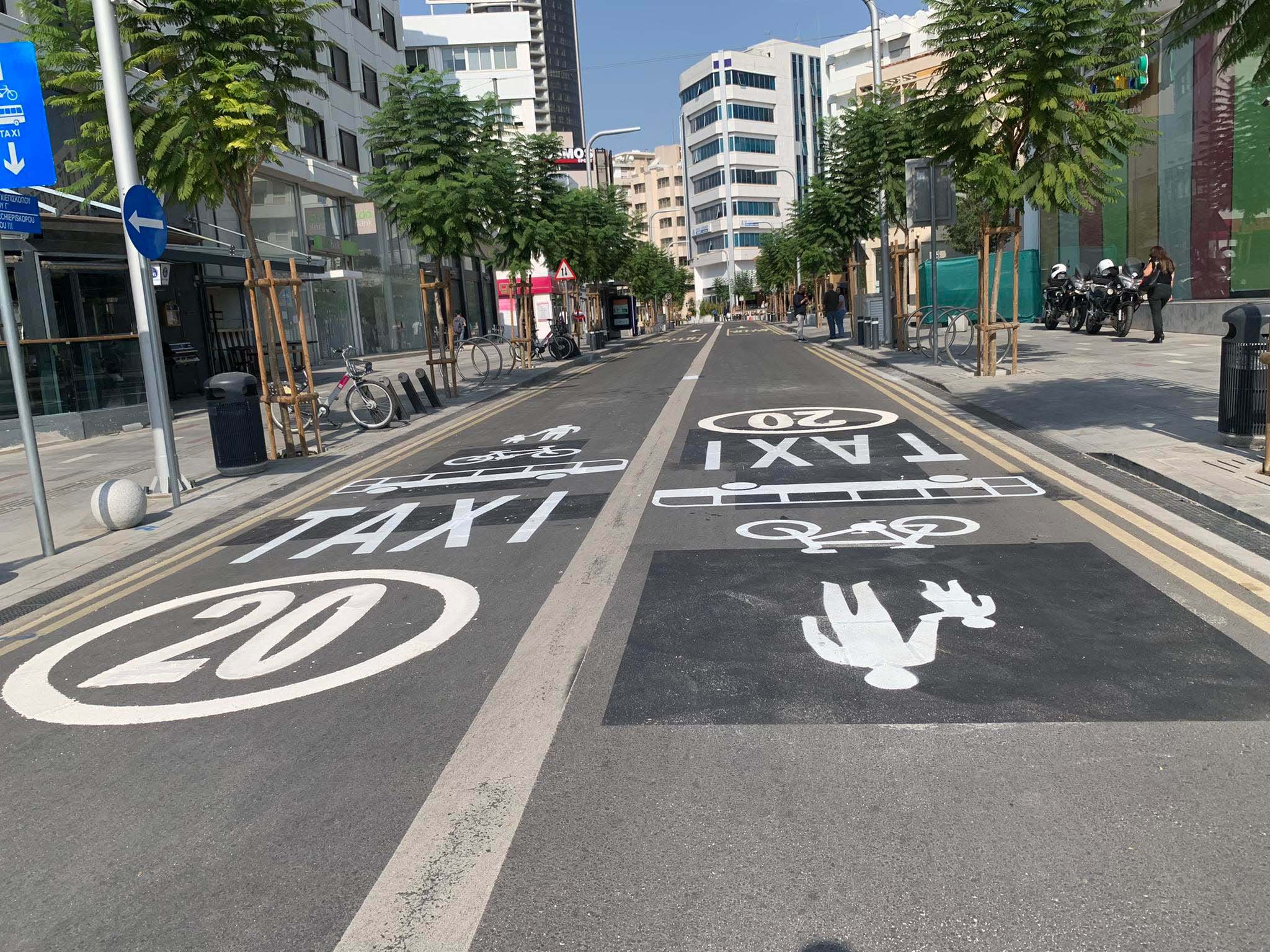


Click here to change your cookie preferences